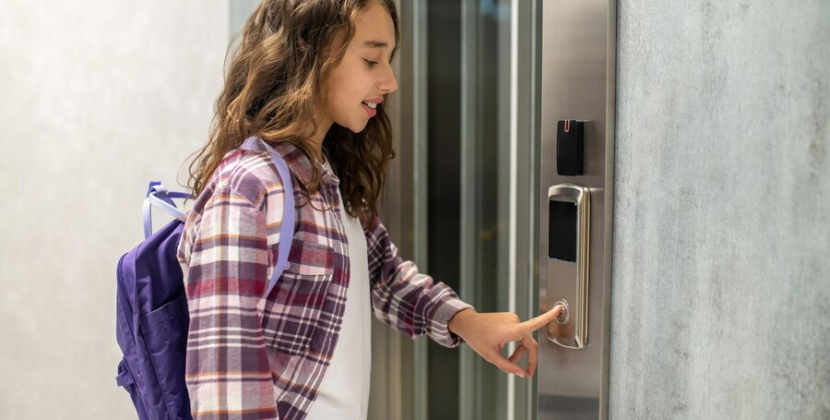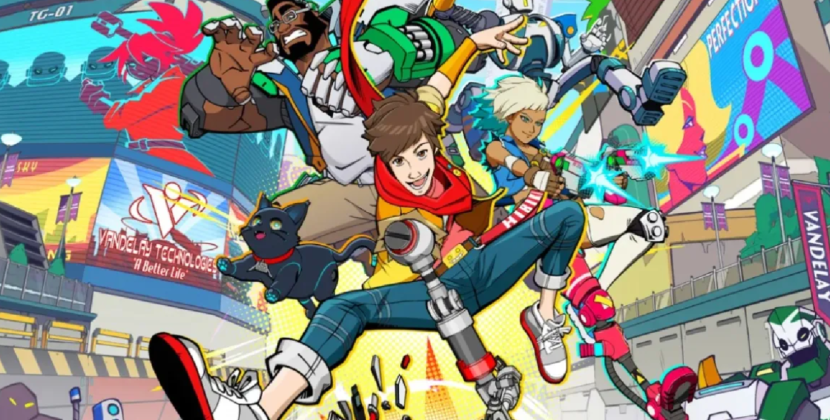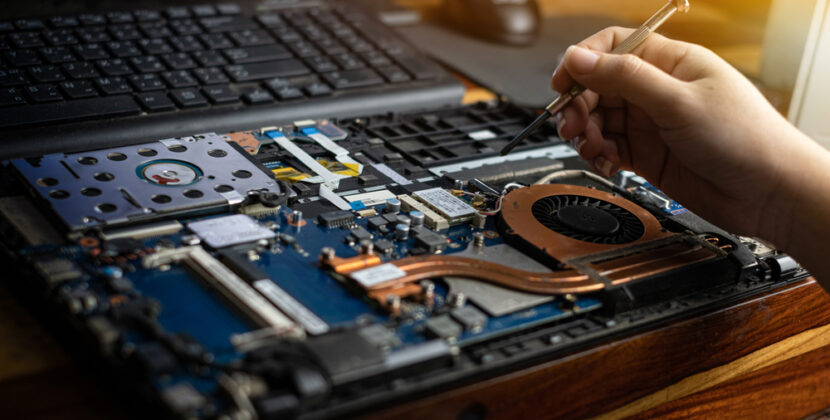Latest post
Popular Posts

Top Lift Parts: Maintenance, Replacement, and Best Suppliers (552)
- admin
- July 31, 2024
New Step by Step Roadmap For 會計事務所 (226)
- melodydugan758
- March 8, 2024

Exploring Vanessa West. tripod: A Comprehensive Guide (203)
- admin
- February 20, 2024

Unleash the Magic: Stream Disney Plus with VPN Anywhere (190)
- bobal14701
- February 23, 2024

How Udyam Registration Certificate Empowers Women-Owned Enterprises? (180)
- Jhonyw
- February 26, 2024
Category: Technology
- Home
- Technology
Popular Post

Top Lift Parts: Maintenance, Replacement, and Best Suppliers (552)
- admin
- July 31, 2024
New Step by Step Roadmap For 會計事務所 (226)
- melodydugan758
- March 8, 2024

Exploring Vanessa West. tripod: A Comprehensive Guide (203)
- admin
- February 20, 2024

Unleash the Magic: Stream Disney Plus with VPN Anywhere (190)
- bobal14701
- February 23, 2024

How Udyam Registration Certificate Empowers Women-Owned Enterprises? (180)
- Jhonyw
- February 26, 2024
Newsletter
Weather
haze
29℃
29º - 20º
humidity: 38%
wind: 3 km/h
-
27℃Fri
-
27℃Sat
-
26℃Sun
-
27℃Mon
-
27℃Tue
-
26℃Wed














Best-Selling & Trendy Watches for Kids You Must Buy This Season